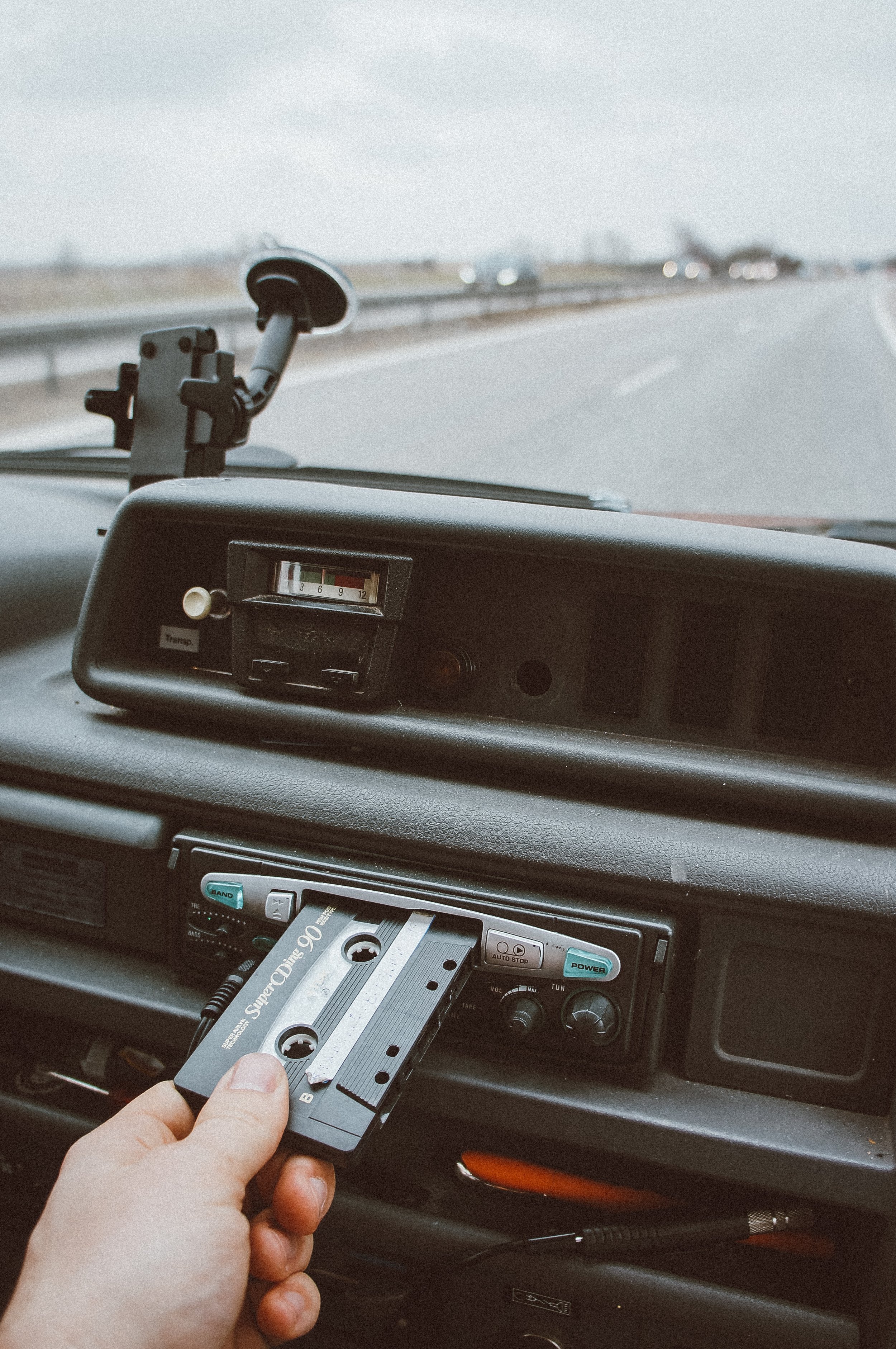8 Intuitive Ways to Soothe Your Nervous System While Traveling
Article Published for The Vital Creative Collection, Written by Casey Balon
Photo by Apostolos Vamvouras
Tool #1: The 5 by 5 Movement Schedule
Implement 5-minute movement breaks spaced throughout your day. Aim for 5 different sessions — between flights if it’s your travel day, before going to your next activity if you are on vacation, or at gas stations if you are on a summer road trip across the country.
Depending on your body’s abilities and needs, rotate the focus of each session through dynamic stretches, short sprints (when possible), calisthenics exercises (body weight movements such as pushups, burpees, lunges, reverse crunches, and jump squats), and balanced-focused exercises such as controlled lateral leg swings, tree pose, or a standing march.
Photo by Dmitry Zelinskiy
Tool #2: Full-Body Wring Out
Bring movement first to your extremities — drawing your attention to your fingers, hands, wrists, and arms, followed by your toes, feet, ankles, and legs. Start by wiggling your toes; quickly move each of your fingers as if you are playing the piano, rotate your ankles, and gently shake out your wrists.
Next, roll your shoulders forward, then back. Gently rotate your head and neck from side to side. Squeeze your fists and contract your arm muscles, then release. Shake out your feet and lower extremities.
Next: rotate your core, wiggle up the centre of your body, and draw your attention up your chest as you open up your neck and throat. (Bonus Tip: Let out a tone, sound, or sigh.)
Finish by intentionally flexing all of your muscles for a few seconds, and relax out with a final little shake.
Photo by Toa Heftiba
Tool #3: Orient Towards Beauty
For an immediate relief of tension: Roll your shoulders back, take a breath in, and create a moment to scan your surroundings, purposefully looking for simple beauty — whether it be a colour you feel drawn to or a nearby interaction between two fellow travelers. (The intention here is simple: to give your brain permission to take a break as you give your body a moment to orient towards what it naturally admires.
Bonus Points: Find a spot in direct sunlight (preferably not through a window) for the first 10 minutes of your day to support your natural circadian rhythm and boost Vitamin D absorption. Try hitting up the nearest nature spots in order to ground and give your body space to breathe.
Photo by Nati Melnychuk
Tool #4: Prioritize Gut Motility & Microbiome Health
It’s no secret that a change in diet, routine, and environment can affect your gut function — and regularity. To keep as many factors consistent as possible, continue any symbiotics (pre and probiotics) you take at home, weave in a nourishing array of whole foods, and maintain proper sleep and exercise habits to a degree that feels energizing for your travels.
While this last point can be tricky depending on your location, hydrate with mineralized water to supply your body with the proper electrolytes for hydration as well as to contribute to regular gut motility.
Photo by Gabriella Clare Marino
Tool #5: Head-to-Toe Body Scan
A body scan is an exercise intended to draw your awareness into your body, with the intention to simply witness yourself in the present moment. The intent with this scan is not to change anything, but to create space for yourself to notice what is there.
Whether laying on your bed at your AirBnb or sitting comfortably with music playing through your headphones while waiting for your flight to board, a version of this exercise can be performed pretty much anywhere.
Start by bringing your attention to the soles of your feet, pausing for a few seconds to focus on each body part as you work your way up your left side, and then your right side.
You may also want to silently name each part before you move your attention onto the next. An example of internally guiding yourself through this scan may sound like: “The sole of my left foot, the top of my left foot, the toes on my left foot, my ankle, up the back of my left calf, my left shin, my left knee, etc.” Repeat on your right side, and then work your way up all the way to your face and the top of your head.
Alternatives to this could be: Use your hands to bring awareness to each body part you feel comfortable touching, or pair one full breath to each part you name during your scan.
Complete the scan by bringing your attention to your whole body, letting that awareness grow to take up more space around your entire body until you intentionally — and intuitively — close the process.
Photo by Annie Spratt
Tool #6: Create a Micro Container
Wrap your arms around your shoulders, chest, or core (picture: giving yourself a tight, compassionate hug) to create a micro container of safety and support. You might even want to try bringing your knees to your chest and giving them a good hug.
If you are not able to create a moment for a decent self-hug, simply place your hand over your heart to give yourself a moment of silent acknowledgement, “I got you. It is so safe to feel what you are feeling right now.”
Moments like this give you an opportunity to rest in presence, creating a micro container for self-protection and acknowledgement, safety, and trust for your entire system.
Photo by Ivan Dogdig
Tool #7: Relentless Laughter
Find as many mini opportunities to remind yourself that laughter truly is one of the best forms of medicine. (On that note — a good cry is an equally soothing form of catharsis.) This tip is important even if (okay, especially if) everything isn’t going to plan. Find the lightness in the moment. There is always an opening somewhere.
Photo by Tobias Tullius
Tool #8: 10 Nose Inhalation Breaths
Breathing in through your nose has been shown to activate the parasympathetic branch of your autonomic nervous system, which (when stimulated to an optimal degree) opens up the opportunity for your body to enter into a state more primed to relax, restore, perhaps unwind, and find a baseline level of regulation.
There isn’t always a ton of space to focus on maintaining this while traveling (in fact, we often socially engage and interact with the dynamics of travel most optimally when we are in a more nuanced state of ventral vagal anyway, so we’ll save this deeper discussion for another day), but even just 10 breaths can bring a deeper level of calm to your precious body and system.
— Casey Balon, Editor-in-Chief of Casey Jacque
(Casey holds two degrees — one in pharmacy and the other in physiology & pharmacology. In her twenties, she practiced as a community pharmacist for seven years, immersing herself in further independent study and certifications since starting her creative mentorship company in 2019. Casey is still a licensed pharmacist in Canada, but she is not your health care provider. Please see your team of practitioners before implementing any new practice which may impact your health. The information in the article above is not intended to be used as professional health care advice.)








